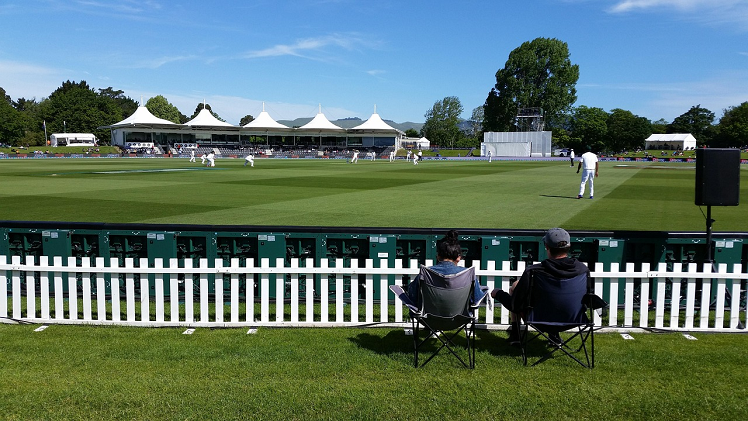T20 cricket between 2020 and 2025 has become a festival of big scores. The run rates were on the increase, surpassing the earlier limits in leagues and internationals. The IPL, the Big Bash, and the T20 World Cup have all presented information that demonstrates that there is a predominance in batting. The totals regarded as match-winning are now ordinary, and bowlers have to adjust to the pressure. The trend not only redefines strategies but also reformulates the expectations of the fans. Looking at the figures will make one understand why the teams are scoring at a pace never seen before.
Average Run Rates by Season
In 2020, the average run rate in T20 all around the world was 7.9 per over. By 2023, it climbed to 8.5, showing the impact of power-hitting and strategies often mirrored in sports betting markets. That year, the IPL topped the charts with 8.9 runs per over, while T20Is among nations averaged around 8.1. This rise reflected stronger batting line-ups, deeper middle orders, and more aggressive openers.
There is a narrow balance being projected through the run rates that are slated at 8.4 as of 2025. Bowlers developed new variations and fielding tactics, which were tight, to reduce scoring. Nevertheless, one can note batting dominance in comparison to the pre-2020 period. Teams will always be aiming at totals over 17,0, and this makes smaller scores dangerous even on a pitch favorable to the bowler.
Highest Totals Recorded
In 2020-2025, the trend toward large individual team totals was emphasised by some matches:
- Rajasthan Royals recorded 222/2 in IPL 2022.
- In 2023, South Africa scored 259/4 against the West Indies.
- The 241/3 that England scored against New Zealand in 2019 continues to make the mood.
These totals portray a new reality of 200 or more scores not being a surety of victory. Games were more unpredictable and exciting to spectators as high chases became possible.
Factors Behind Scoring Growth
It was not incidental that T20 run rates have been steadily rising from 2020 to 2025. Teams have evolved competitively, with an emphasis on batting strength and fearless tactics. The use of data-driven coaching encouraged hitters to maximize the strike rates instead of saving wickets. The specialists in power hitting have taken over the important positions, and this makes each stage of an innings count a lot. This was sped up by franchise leagues such as the IPL and Big Bash, which developed a format whereby bowlers had reduced safe overs. All these trends together describe why totals of over 180 were now the norm rather than the exception.
Impact of Powerplay Tactics
The initial six overs are the most defensive window. The average Powerplay runs grew from 46 to 52 between 2020 and 2025, a shift closely watched in cricket betting markets. Boundary clearers like Jos Buttler and Prithvi Shaw proved that early sixes set up massive totals. Fielding restrictions during this period left bowlers with limited options to control the scoring.
Front-loading aggression would help captains eliminate pressure on the scoreboard and provide middle-order platforms. Early 60-plus Powerplay scores nearly doubled the probability of a side to win. This turnaround resulted in the lack of fear in batting and how the target was no longer panicked at high points by chasing teams.

Middle-Over Acceleration
Since the year 2020, middle overs have become launchpads, rather than consolidations. After the 10th over, teams started attacking spinners and fifth bowlers. In the age group of 11 to 15, the strike rates increased by 125 to 140 league-wide. This expansion was a sign of specialist roles, with the hitters such as Glenn Maxwell or Liam Livingston joining on a licence to attack.
The strategy worked on smart pairings, where analysts made sure that batters had good bowlers. Teams reduced the pressure in the late innings by accelerating in this period. It also indicated why totals were always violating 200 in leagues, which makes defences more difficult and the contest more exciting to the audience.
Bowling Adjustments
Throughout the period from 2020 to 2025, batting statistics continued to rise, and batsmen continued to manage in different ways. Captains began to rely on different changes like slower balls, yorkers, and wider angles. A weapon that was considered old and exposed, wrist spinners, which faced scrutiny, were now respected, and because of that, captains used them almost in the same breath as pace and flight. This similarly applied to field placements; data analytics had determined the field placements, and captains were becoming increasingly more reliant on employing heat maps to see where to plug the gaps. Bowlers that could not adapt quickly enough to this approach, including new methods, felt it in their economy rates, much like bowlers struggled to contain batting in the IPL when 9 became the new normal pace.
Franchise teams began investing in specific death overs bowlers to manage late hitting specific to the death. Bowlers such as Jasprit Bumrah and Mustafizur Rahman are dominant by regularly topping yorkers and waiting just enough for the bowler to need that room to breathe. Despite checks and balances, it became increasingly difficult to keep totals below two hundred and as low as levels of over 180. T20 appears to be an evolving bat vs bowl relationship, with times of bat simply winning.
Predictions for 2025 and Beyond
Run rates will hardly slacken. Totals over 200 will be more frequent, with batters giving greater emphasis to strike rates and franchises cultivating power-hitters. Bowlers would be required to be more creative, as they will be able to survive only with the help of analytics and matchups. Fans should get more rapid games, bigger scores, and even more records being broken at the international T20s and leagues.

